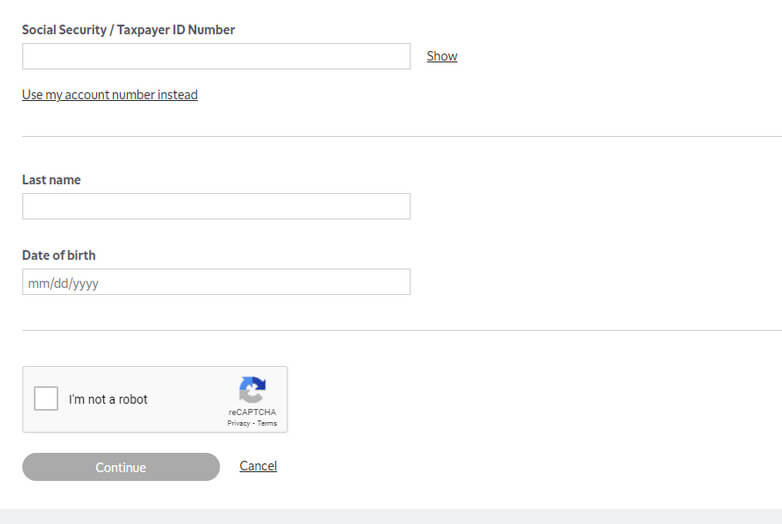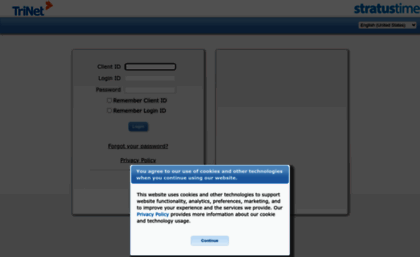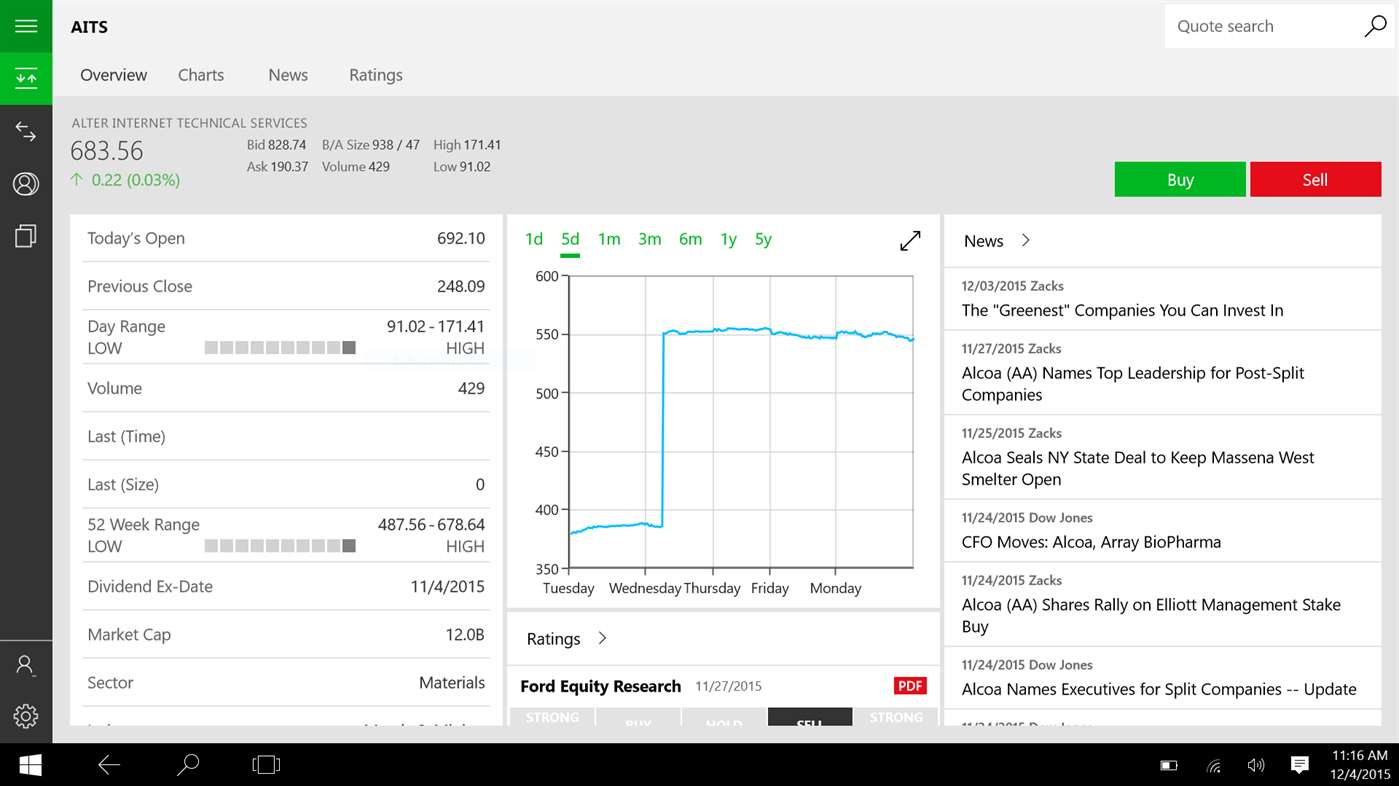
“There have been efforts to help roll them over - but it doesn’t insure that people’s investments are the best investments, or that they’re low-fee for the amount of return they get,” she said. Not Eligible: The expense is not eligible for reimbursement under any circumstance. Ghilarducci added that workers forced to fend for themselves also might have little indication that a so-called safe investment can turn out to be anything but. To get the form, log in to TriNet () > Benefits > Flexible Spending Accounts > Resources > Forms and Documents > Letter of Medical Necessity. Unfortunately for workers, this means the onus remains on them to shepherd their retirement savings through an often Byzantine system. “The idea that we don’t have a pension clearinghouse has been galling… We made a big mistake by not connecting this system to the Social Security system in the first place,” Teresa Ghilarducci, an economics professor at the New School, told NBC News. has neither of these, Munnell said, which makes it more difficult for workers and employers alike to keep tabs on exactly whose money is where - especially when that money can be spread across several accounts and plan administrators. Crucially, other countries have what’s known as a “central pension registry,” or a system by which these accounts are proactively rolled over into a centralized program, giving them economies of scale that helps that money generate better returns. The GAO detailed how other industrialized nations tackle the challenge and offered ideas for the Labor Department and Social Security Administration, but both agencies raised objections. By contrast, that same account invested in a basic target-date fund with a 30-year horizon would grow $2,700.

The mechanics might be complicated, but the upshot is painfully simple: An unclaimed 401(k) with a $1,000 balance could be reduced to zero in as little as nine years, according to a 2014 study conducted by the Government Accountability Office.

But while well-meaning, these directives have some serious unintended consequences: The rollover IRAs often have high fees, and the low returns these “safe” investments generate aren’t enough to keep up with the costs levied by the account administrator. So, these accounts are rolled over into IRAs with low-risk investments - generally, money-market accounts - that meet Department of Labor standards intended to prevent workers’ money from being exposed to risky investments. From an HR standpoint, this is a valid option: Since the person is no longer an employee, their former employer doesn’t want to continue spending money to provide the benefit.

Companies can and often do push out accounts held by former workers that have balances of less than $5,000 - or less than $20,000 if more than $5,000 is attributable to contributions other than rollover contributions.


 0 kommentar(er)
0 kommentar(er)
